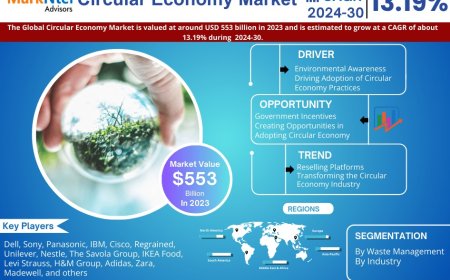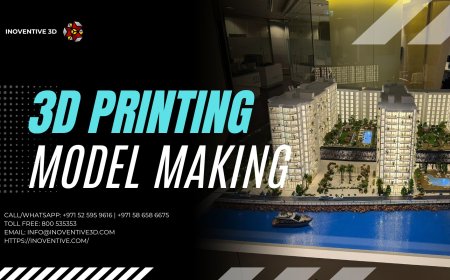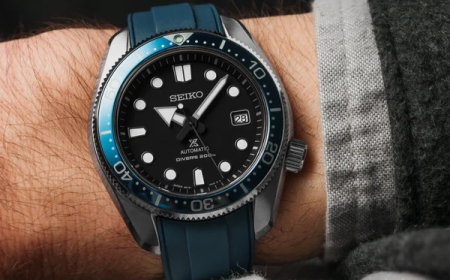How Entertainment PR Has Evolved in the Age of Social Media
Explore how entertainment PR has transformed in the social media era—bridging audiences, shaping narratives, and redefining publicity in the digital age.

Introduction: The Curtain Rises on a New Era
Not too long ago, entertainment public relations was a backstage rolequietly maneuvering through tabloid headlines, red carpets, and traditional broadcast channels. Press releases were faxed, exclusives were negotiated with select journalists, and reputations were shaped slowly over time.
Then came social media.
What was once a carefully controlled industry suddenly found itself in the throes of real-time feedback, viral trends, and direct-to-audience communication. Platforms like Instagram, Twitter, YouTube, and TikTok transformed how the public engages with celebritiesand how publicists do their jobs. Today, entertainment PR isnt just about crafting the perfect pitch; its about managing a dynamic, often unpredictable digital persona.
Lets take a deep dive into how entertainment PR has evolved in the age of social mediaand what this means for celebrities, brands, and the professionals behind the scenes.
H2: The Shift from Gatekeepers to Direct Engagement
H3: Breaking Free from Traditional Media Filters
In the pre-social media era, entertainment publicists relied heavily on media gatekeepersjournalists, editors, TV producers. A celebrity's visibility and narrative were shaped by how these intermediaries chose to portray them. PR campaigns were largely linear, with predictable timelines and a finite number of media touchpoints.
Social media disrupted that model entirely.
Now, celebrities can speak directly to their audiences without waiting for a reporter to return their call. Publicists no longer have to wait for press coverage to landthey can publish it themselves. From heartfelt apologies to brand endorsements, everything can now be communicated instantly through social platforms.
H3: The Rise of Two-Way Storytelling
One of the most profound changes brought by social media is the evolution of storytelling. Audiences are no longer passive. Fans comment, share, like, critiqueand sometimes, cancel. Entertainment PR has become more conversational and reactive. Its not just about pushing a narrative, but also about listening and adapting in real time.
This two-way engagement demands authenticity, consistency, and a deep understanding of audience behavior. Publicists must now be part strategist, part sociologist.
H2: Influencers, Virality, and the Changing Role of Celebrity
H3: From Tabloids to TikTok Stars
The definition of celebrity itself has shifted. In the past, fame was reserved for movie stars, musicians, and elite athletes. Today, a teenager with a viral dance video can garner more daily engagement than a Hollywood veteran. The traditional celebrity has been joinedand sometimes upstagedby influencers, streamers, and viral personalities.
This evolution has forced PR professionals to rethink what it means to manage a public image. Its no longer about polished perfection. In fact, relatability often outperforms glamour in todays digital ecosystem.
H3: Building Personal Brands in the Age of Virality
Entertainment PR has evolved from a reputation protection service to full-scale personal brand development. Every tweet, Instagram Story, and TikTok collab is part of a broader branding strategy.
Effective PR now includes:
-
Content calendars and platform-specific strategies
-
Audience engagement tactics
-
Crisis management in real-time
-
Alignment with brand partners that resonate with followers
Publicists must ensure their clients not only remain relevant but also culturally resonant.
H2: Crisis Management in a Hyper-Connected World
H3: Scandals Dont Sleepand Neither Do PR Teams
In the past, a celebrity scandal might take days to surface. Now, it takes minutesor seconds. A single misstep, caught on camera or typed in haste, can go viral globally in under an hour.
The entertainment PR playbook has had to evolve accordingly. Crisis communications today require:
-
Pre-drafted response plans
-
Social listening tools
-
Direct-to-audience video apologies or statements
-
Platform-specific damage control strategies
Moreover, cancel culture has added another layer of complexity. Audiences expect transparency, growth, and accountability. A well-managed crisis today isnt just about defendingits about transforming the moment into a story of redemption and learning.
H2: The Power of Metrics and Data in PR Strategy
H3: From Gut Instincts to Analytical Precision
Traditionally, PR relied on instinct and experience. Success was often measured in column inches or air time. Today, entertainment publicists have access to a wealth of data: engagement rates, sentiment analysis, reach metrics, conversion tracking, and more.
This data allows for:
-
Smarter influencer partnerships
-
More targeted media pitching
-
Refined messaging based on audience feedback
-
Continuous improvement of campaign performance
Public relations has become part of a larger digital ecosystemworking alongside social media managers, SEO experts, and brand strategists to deliver holistic campaigns.
H2: Blending Entertainment PR with Digital Marketing
H3: When PR Becomes Part of the Funnel
Entertainment PR no longer operates in isolation. It now works hand-in-hand with digital marketing. A PR hit might be repurposed into Facebook ads. A media interview may feed into a lead-generation funnel. A viral tweet can be boosted for brand awareness.
Publicists now need fluency in digital marketing tools and principles. They must understand SEO, paid media, audience segmentation, and influencer ROI. This integration strengthens the overall brand story and drives tangible results.
H3: Collaboration Over Competition
The modern entertainment publicist isnt competing with marketerstheyre collaborating with them. Todays campaigns are orchestrated across teams, and PR plays a vital role in generating earned media that boosts organic trust and awareness.
H2: The Future of Entertainment PR
H3: AI, AR, and the Next Frontier
Looking ahead, the evolution of entertainment PR is far from over. Emerging technologies like AI-driven sentiment monitoring, augmented reality fan experiences, and decentralized social platforms are poised to reshape the landscape even further.
But one thing remains constant: the need for human connection.
Whether its through a heartfelt tweet, a viral TikTok moment, or a carefully crafted press statemententertainment PR will always revolve around storytelling. And in a world drowning in content, authentic stories still rise to the top.
Conclusion: Where Strategy Meets Storytelling
The evolution of entertainment PR in the age of social media is not just about adapting to new platformsits about embracing a new philosophy. Its about being real, responsive, and relentlessly strategic.
For those navigating this complex new landscape, success means more than just staying visible. It means being intentional, credible, and consistently aligned with your brand.
At ShapiroPR, we understand that entertainment public relations is no longer about working behind the curtainits about stepping into the spotlight with clarity, confidence, and strategy. With decades of experience in entertainment PR and a deep understanding of todays social media landscape, we help our clients tell stories that matter.
Whether you're a rising influencer, a seasoned actor, or a brand ready to break into entertainment, our approach blends traditional PR principles with modern digital mastery. Because in this new age of visibility, your story deserves to be heardloud and clear.

































